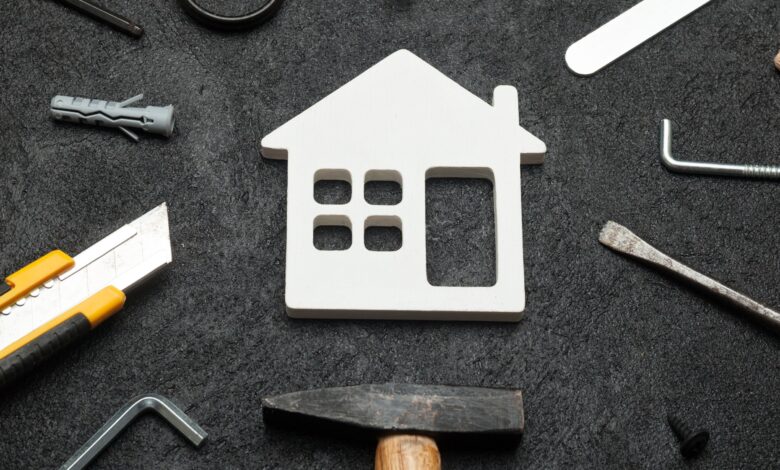The BrownstoneTop Stories
Weatherproofing Your Home: Tips to Safeguard Your Home and Loved Ones from Weather Damage


As a homeowner, protecting your home from the elements is a vital responsibility. Weather damage can lead to costly repairs, compromised safety, and disruptions to your daily life. By taking proactive measures and weatherproofing your home, you can fortify it against harsh weather conditions and ensure the safety and well-being of your loved ones. Here are essential tips to help you weatherproof your home effectively:
- Roof Inspection and Maintenance:
The roof is your home’s first line of defense against weather elements. Regularly inspect your roof for signs of damage, such as missing shingles, leaks, or cracks. Address any issues promptly and hire a professional roofer for regular maintenance to extend your roof’s lifespan and prevent weather-related leaks. - Reinforce Windows and Doors:
Windows and doors are vulnerable points in your home’s exterior. Install weatherstripping around windows and doors to seal gaps and prevent drafts. Consider adding storm doors and windows for added protection during severe weather events. - Gutters and Downspouts:
Ensure that gutters and downspouts are clear of debris and working properly. Clogged gutters can lead to water pooling around your home’s foundation, potentially causing flooding and structural damage. Regularly clean and inspect these elements to maintain proper water drainage. - Secure Outdoor Furniture and Equipment:
During storms or high winds, unsecured outdoor furniture and equipment can become dangerous projectiles. Anchor or store items such as patio furniture, grills, and garden tools in a safe location during adverse weather conditions. - Trim Trees and Branches:
Overhanging tree branches pose a significant risk to your home during storms. Trim trees regularly to prevent branches from falling onto your roof or windows. Additionally, consider hiring an arborist to inspect and maintain mature trees on your property. - Install Sump Pumps:
If your home is prone to flooding, installing a sump pump in the basement can help remove excess water and prevent water damage. Regularly test the sump pump to ensure it is in proper working condition. - Insulate Pipes and Faucets:
Freezing temperatures can cause pipes and outdoor faucets to burst. Insulate exposed pipes with foam sleeves, and consider shutting off and draining outdoor faucets before winter to prevent damage. - Check Foundation and Basement:
Inspect your home’s foundation and basement for cracks or signs of water seepage. Address any issues promptly to prevent water damage and maintain the structural integrity of your home. - Secure Roof and Wall Shingles:
During strong winds, loose roof and wall shingles can be torn off, leaving your home susceptible to water intrusion. Ensure that all shingles are securely fastened to protect against wind damage. - Maintain Landscaping:
Proper landscaping can help mitigate weather damage. Grade the ground away from your home’s foundation to prevent water from pooling near the base of the house. Additionally, consider planting native and drought-resistant plants that can withstand extreme weather conditions.
By implementing these weatherproofing tips, you can protect your home and loved ones from weather damage, ensuring a safe and comfortable living environment. Regular maintenance and proactive measures can go a long way in safeguarding your investment and providing peace of mind during adverse weather events.





